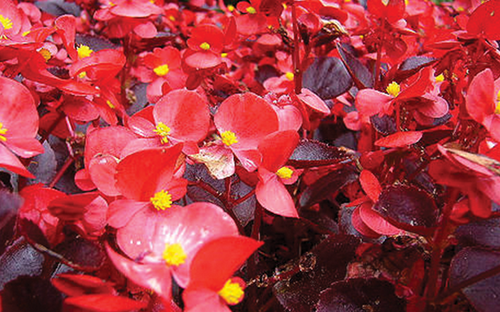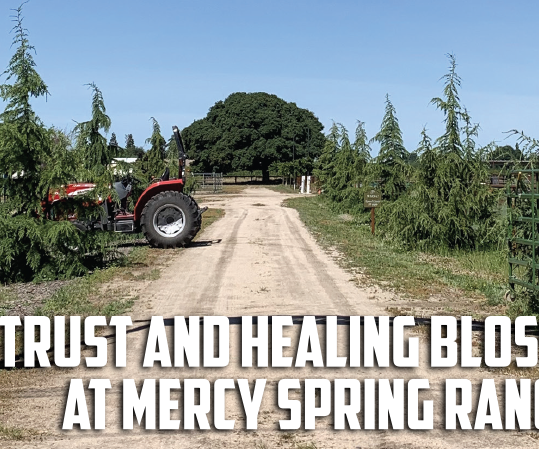A garden never looks as lovely as it does in late spring and early summer with the fruits and vegetables coming ripe and the flowers all blooming with vibrant colors. But by the time July fades away and August rolls in, the garden can be looking a bit monotone with green everywhere the eyes fall.
One option to bring back some color is with a selection of annuals that can tolerate the heat in the final days of summer.

Wax Begonia
So named for the waxy appearance of the leaves, this annual with dainty petals in pink, red, or white, is surprisingly hardy and a good grower in summer. The foliage can be varying shades of green and in some varieties a bronze shade, which has the added benefit of bringing in more color. The plant can grow from six to 18 inches tall and will spread six to 12 inches. Begonias prefer rich, well-draining soil and grows best in an area where it will get some shade. The plant is challenging to grow from seed and given the time constraints it’s best to start with young plants from a nursery or a cutting from an already established plant.

Marigold
There’s good reason why this flower is a staple in many gardens. They are easy to grow, heat and pest tolerant, and the showy clusters add pops of gold, red-yellow, and orange to the garden. During warm weather marigolds sprout within a few days and reach flowering stage within eight weeks. The spent flowers don’t have to be deadheaded but doing so will promote more flowers and a bushy plant. When cutting off the dead flower go back to the first set of leaves. It’s best to water marigolds moderately and at the base of the plant to avoid a powdery mildew developing on the leaves. Marigolds grow to varying sizes and need about eight to 10 inches spacing apart.

Celosia
Celosia come in a few different varieties, with the Plumosa blooms being the ones frequently found at nurseries. The flower has an appearance of a flame sitting atop the foliage and the blooms come in yellow, orange, pink, red, and purple. The flower grows from six inches to three feet high and six to 18 inches wide. The blooms will stay on the plant even when dried and need to be removed to keep it fresh. The plants like sun and well-draining soil with moderate watering.

Petunia
Nothing will add more variety of colors to the garden than the mighty petunia. They are hardy enough to continue blooming through multiple seasons, including a moderate winter, but they really thrive in the sun. Hybrids have led to a wide range of available colors, including some with stripes and others that mimic the starry sky. Some varieties have large dashing blooms, while others were bred for smaller blossoms. They grow from six inches on up and need about eight inches spacing. The plants do best in well-draining soil with occasional fertilizing.

Sunpatiens
Sunpatiens are a hybrid of impatiens that unlike its shade-loving cousins, thrive in the sun. It blooms from spring through fall and provides long-lasting blooms of white, pink, and fuchsia with rich green foliage. The plants prefer well-draining soil with organic matter and should be watered frequently the first week or two after planting. After that watering could be done on a more moderate schedule. The plants come in compact, spreading, and vigorous varieties, with vigorous varieties needing more space to grow.





